-
 © Alex Penfold/RM Sotheby’s
© Alex Penfold/RM Sotheby’s -
 © RM Sotheby’s
© RM Sotheby’s -
 © Willem Verstratten/RM Sotheby’s
© Willem Verstratten/RM Sotheby’s -
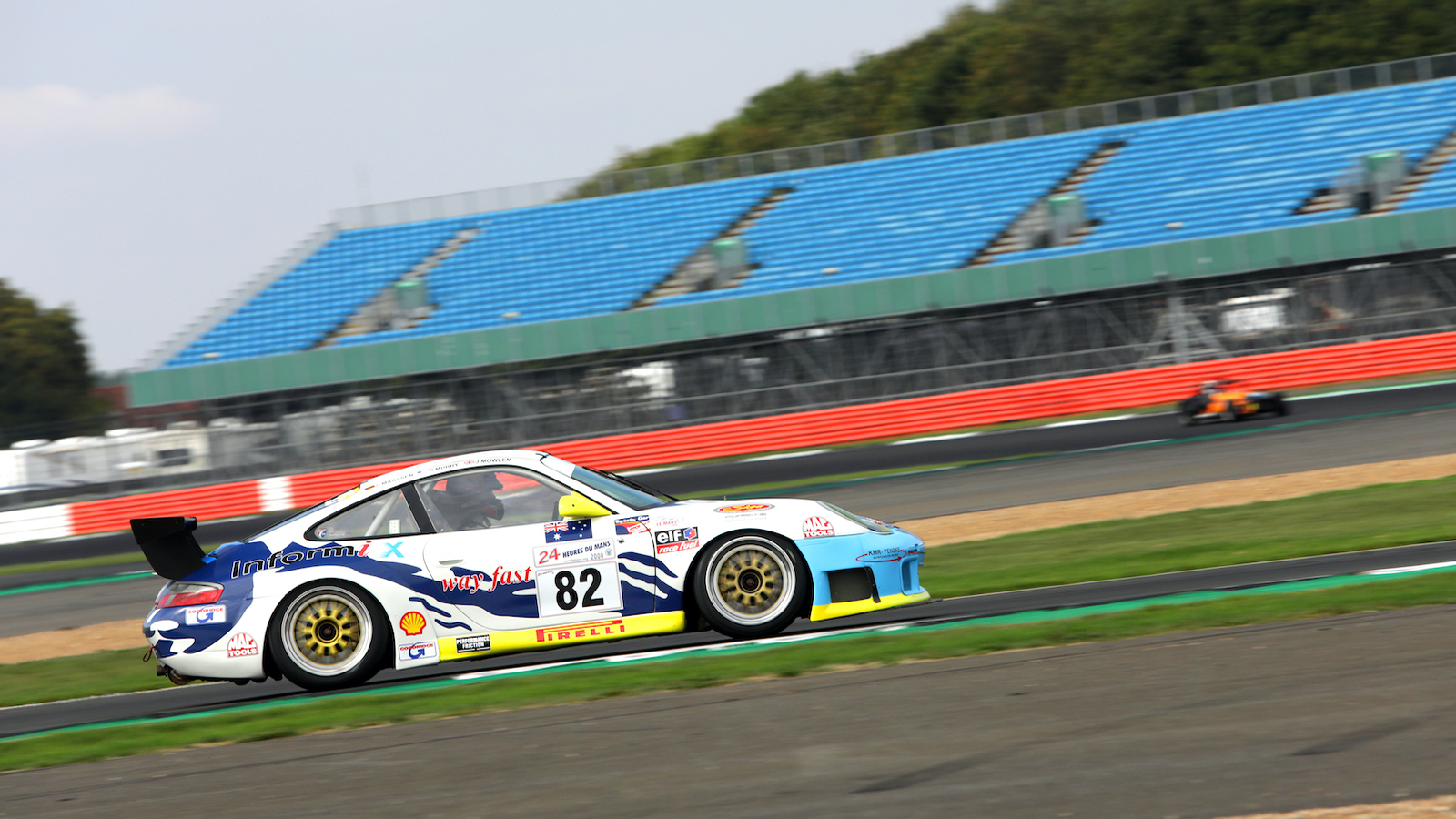 © Neil Bainbridge/RM Sotheby’s
© Neil Bainbridge/RM Sotheby’s -
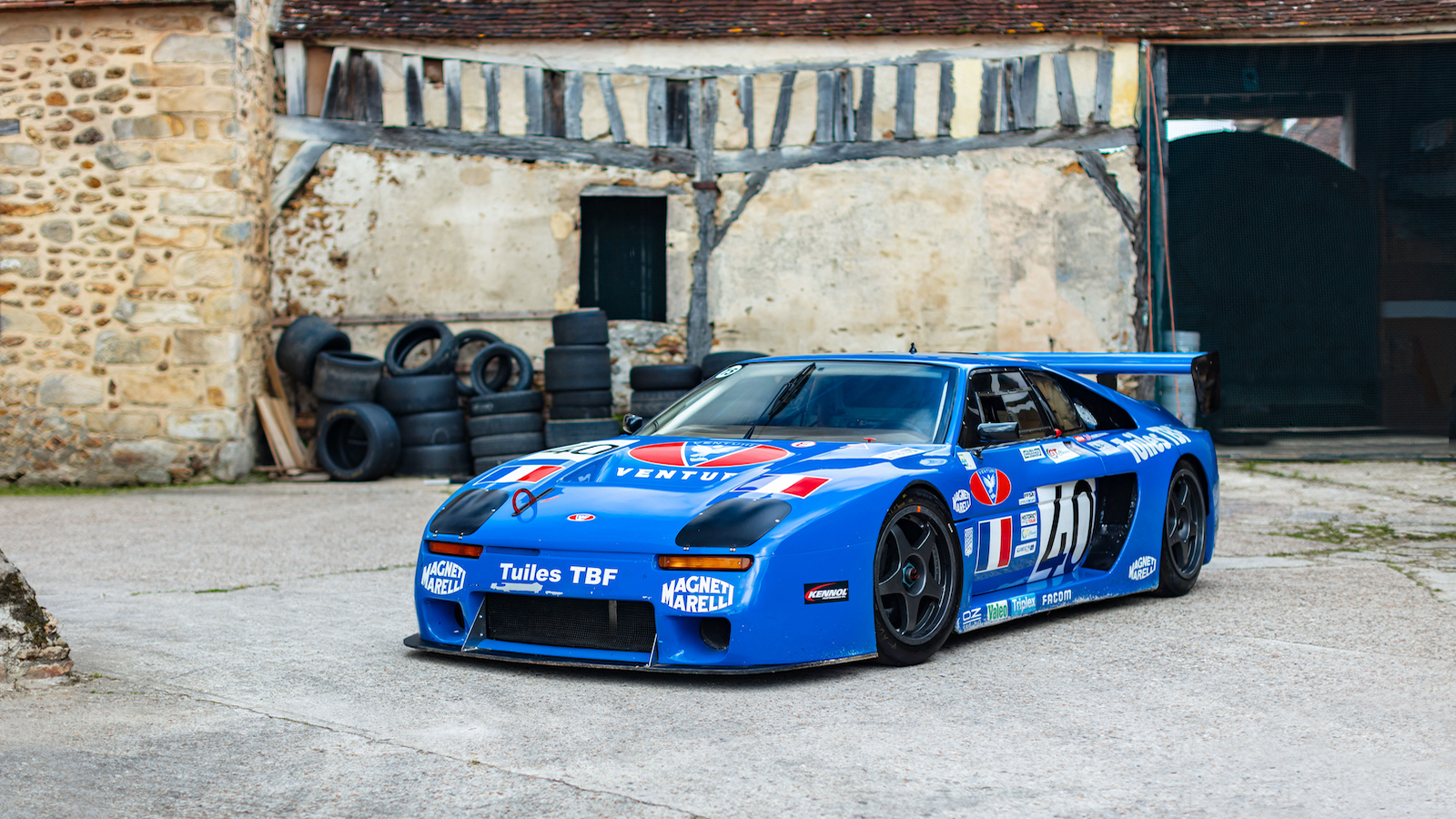 © Kevin van Campenhout/RM Sotheby’s
© Kevin van Campenhout/RM Sotheby’s -
 © Kevin van Campenhout/RM Sotheby’s
© Kevin van Campenhout/RM Sotheby’s -
 © Kevin van Campenhout/RM Sotheby’s
© Kevin van Campenhout/RM Sotheby’s -
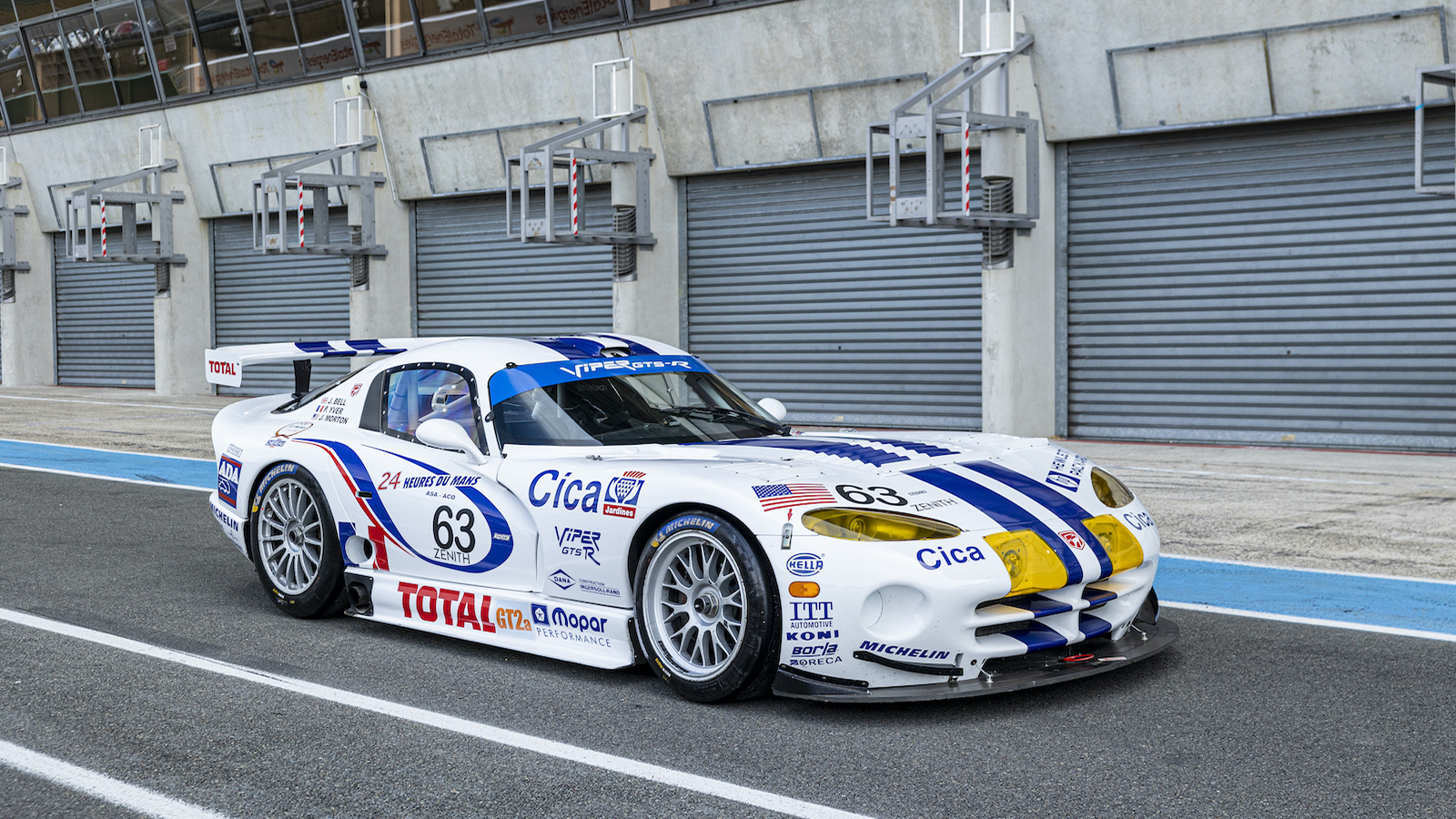 © Simon Clay/RM Sotheby’s
© Simon Clay/RM Sotheby’s -
 © Pietro Bianchi/RM Sotheby’s
© Pietro Bianchi/RM Sotheby’s -
 © Simon Clay/RM Sotheby’s
© Simon Clay/RM Sotheby’s -
 © Alex Penfold/RM Sotheby’s
© Alex Penfold/RM Sotheby’s -
 © Kevin van Campenhout/RM Sotheby’s
© Kevin van Campenhout/RM Sotheby’s -
 © Remi Dargegen/RM Sotheby’s
© Remi Dargegen/RM Sotheby’s -
 © Josh Sweeney/RM Sotheby’s
© Josh Sweeney/RM Sotheby’s -
 © Neil Fraser/RM Sotheby’s
© Neil Fraser/RM Sotheby’s -
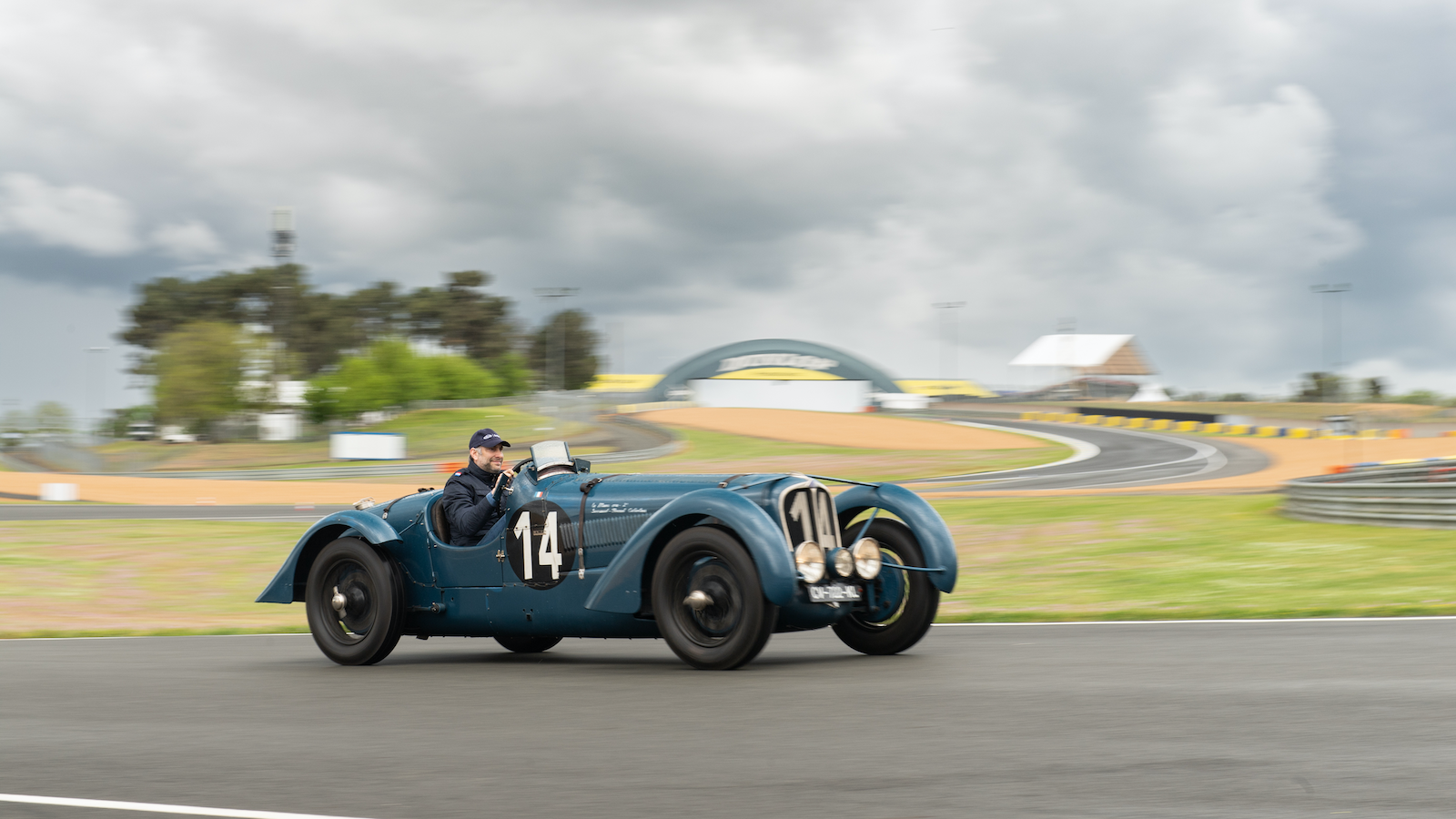 © Dirk de Jager/RM Sotheby’s
© Dirk de Jager/RM Sotheby’s -
 © Rupert Cobb/RM Sotheby’s
© Rupert Cobb/RM Sotheby’s -
 © Peter Singhof/RM Sotheby’s
© Peter Singhof/RM Sotheby’s -
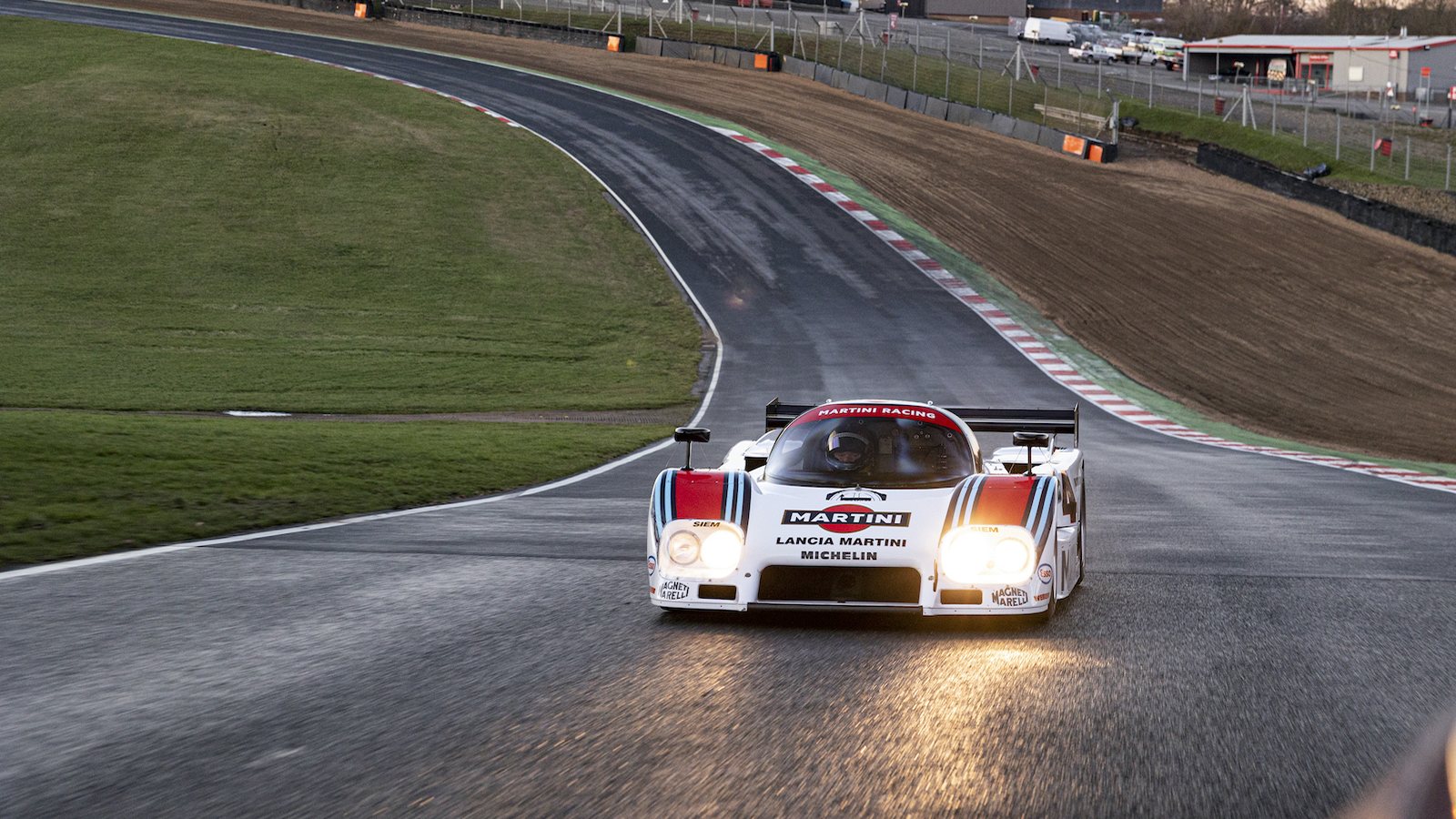 © Simon Clay/RM Sotheby’s
© Simon Clay/RM Sotheby’s -
 © RM Sotheby’s
© RM Sotheby’s -
 © The Revs Institute
© The Revs Institute -
 © RM Sotheby’s
© RM Sotheby’s -
 © Alex Penfold/RM Sotheby’s
© Alex Penfold/RM Sotheby’s
-
Sale of the century
This year, the Le Mans 24-hour race turns 100. And we think it’s ageing pretty well, because it’s still one of the greatest motorsport events in the world each year.
Of course, being a century old, this legendary enduro has played host to numerous very special racing cars, and 22 of the finest competition machines are set to go under the hammer at the RM Sotheby’s Le Mans auction, which takes place at the famous circuit on 9 June 2023.
Let’s check out all 22 of them, running through the catalogue in order of the racing cars’ pre-sale estimates, from low (well, relatively speaking) to high – well, nearly all are racing cars.
-
22. 2014 Porsche 919 show car (est: €80-120,000)
Race on Sunday, sell on Monday, so the saying goes. So, if you’ve just built a successful hybrid prototype that’s sweeping all before it at the Le Mans 24 Hours, then you probably want to make the most of the promotional opportunities.
And that’s what Porsche did. It had developed the Porsche 919 hybrid, which won the twice-round-the-clock Le Mans race in 2015, 2016 and 2017, and at the same time built a few full-size show cars without engines, drivetrains and other expensive components, then used them in promotional activities round the world.
This car was one of the star attractions at the Porsche Museum in Stuttgart when it was opened in 2015, and has been affixed to the wall of the museum ever since.
Until now, that is. It’s been taken down and is now available for purchase, although buyers should note that the lot is subject to VAT on the purchase price.
-
=20. 2005 Spyker C8 GT2-R (est: €250-350,000)
If you’re a re-born car manufacturer that wants to get its name up in lights, then success in some of the biggest races in the world is certainly going to do that. And that’s what Spyker wanted to do with the C8.
The Dutch car maker had been resurrected in 1999, and returned to the track in 2002, albeit with little success.
Then this new car arrived in 2005, and things began to turn around. Chassis 046 certainly has an extensive competition history, having raced in the American Le Mans Series, the FIA GT Championship and the Le Mans Series at the time. However, in 2005 it lasted just seven hours at Le Mans.
The following year it was back, and was faster, but broke in the seventh hour once more. Away from Le Mans, it finished second in class in the Motor City 500km of Dubai. It then finished third in class in the Le Mans Series race at Jarama in Spain, when up against much better-funded factory outfits.
The car isn’t the only item in this lot – it is accompanied by spare wheels and the original pit-wall equipment from its days as a works vehicle.
-
=20. 2000 Porsche 911 GT3 R (est: €250-350,000)
At the turn of the millennium, Porsche decided to step back from motor racing in a works capacity, and instead opted to support a range of privateers.
It also came up with an entirely new 911 racing car, based on the 996 GT3, which was (whisper it) water-cooled.
The racer was certainly rapid, and followed up a second place in its class in the 2000 12 Hours of Sebring with a runner-up spot in its class at the Le Mans 24 Hours that year. It completed a total of 304 laps around the famous circuit in the hands of Britain’s Johnny Mowlem, American David Murry and German star Sascha Maassen.
So, if you fancy weekends racing in, say, the Master Endurance Legends series, or the Peter Auto Endurance Racing Legends, then this well-preserved 996 will provide a rapid way to do it.
It has just undergone a battery of tests, including an engine leakdown test and crack tests on various components, and has had a new alternator fitted.
-
19. 1993 Venturi 600 S-LM (est: €300-400,000)
Venturi was formed in 1984, with the aim of being a rival to Aston Martin. And if you’re going to take on Aston, you need to get yourself a racing pedigree, and that’s what Venturi set about doing.
In the early 1990s, the world of GT racing was moving towards production-based machinery, which gave Venturi an opening.
So, a racing car was developed, based on the company’s 400 GT road car.
The car you see here was built in 1993 as a development machine, and was one of seven cars Venturi entered in the Le Mans 24 Hours that year. However, luck was not on the car’s side, and a collision on lap one relegated it to last. However, the team and drivers persevered until another crash in the early hours put the car out of the race for good.
The car was then rebuilt and competed in various endurance events over the next few years. It had an engine rebuild in 2019 and is ready to compete in historic endurance events around the world.
-
18. 1983 Rondeau M482 (est: €400-500,000)
If you’re going to compete in the Le Mans 24 Hours, then some local knowledge is probably going to help.
That’s what Le Mans native Jean Rondeau thought when setting up his racing team in 1976, and class wins duly followed in 1976, ’77 and ’79, before the unthinkable, a Rondeau won the race overall in 1980, driven by Jean Rondeau himself.
The team’s tail was up, and it set about developing this car, which was its first ground-up Group C machine. Despite funding issues, this car qualified in a strong 16th place for the 1982 Le Mans race. It ran well initially, but an engine failure shortly after half distance put paid to its chances.
And that was both its debut and its competitive retirement.
Since then, it has completed only minimal testing mileage, and comes complete with a spares package that includes bodywork and suspension components.
-
17. 1963 Ferrari 250GTE 2+2 Series III ‘Le Mans Safety Car’ (est: €550-650,000)
One of a kind. Can’t say fairer than that. Okay, so this car isn’t the only Ferrari 250GTE Series III in existence, but it is the only one that has been an official safety car at the Le Mans 24 Hours.
When launched in 1960, the 250GTE represented something of a departure for Ferrari, because it was the company’s first 2+2. Not only that, but it had the new 3-litre Colombo V12 up front.
This car is the 20th car built, and once it left the factory it went to French coachbuilder Henri Chapron. He added the flag stands, crests and additional lighting dictated by the Le Mans regulations.
After the race, it starred in a film, Pouic Pouic, and then passed through the hands of a number of owners, before remaining with one custodian from 1970 right through to 2017.
The car has undergone €12,000-worth of restoration work, and is in the process of being certified by Ferrari Classiche.
And, of course, it has the kudos of being one of a kind.
-
16. 1996 Chrysler Viper GTS-R (est: €600-700,000)
The Dodge Viper had rocked the automotive world at the start of the 1990s with its incredible shape, huge V10 engine and absence of doorhandles. The second-generation car appeared in 1996, and was swiftly followed by a coupé GTS version, which featured a double-bubble roof of a similar design to that of the Shelby Daytona coupé of the 1960s.
Once Chrysler had approved a racing programme for the car, work began on construction of the racers.
This car made its competitive debut in the 1997 24 Hours of Daytona and finished 15th overall. It had its next outing in the Le Mans 24 Hours that same year, and finished 14th overall, Indeed, it was the only works car to finish the race that year.
In 1998, it was driven by Kurt Luby and Richard Dean on their way to the British GT Championship GT2 title. It has been active ever since, including in the 2013 Le Mans Classic, and wears its original Viper Team Oreca livery.
At the time of writing, the car is in the process of being fitted with a replacement engine.
-
15. 2006 Ferrari F430GTC (est: €750,000-1m)
People tend to buy racing cars to be competitive. Otherwise you’re simply driving in circles slightly slower than the fastest rivals. In which case, this Ferrari F430GTC is undeniably a competitive machine. Or at least it was in its day.
It was first campaigned by Texas endurance racers Risi Competizione in the GT2 class of the American Le Mans Series in 2006. It showed that good times lay ahead by qualifying first in class at Lime Rock Park, and it kept its lead at the start. However, an accident put it out of the race. Later in the year, it finished fourth in class at Road America and second in class at Mosport in Ontario. Then it took second in class at the Petit Le Mans race at Road Atlanta that year, with a certain Marino Franchitti as one of its drivers.
The following year it barely had a weekend off, and was entered for the Le Mans 24 Hours with Tracy Krohn, Colin Braun and Niclas Jönsson driving. It finished second in class.
Various other podiums followed, plus a third in class in the 12 Hours of Sebring in 2008.
It would be eligible for racing in the Endurance Racing Legends series – and would likely be very competitive indeed.
-
14. 1932 Aston Martin Le Mans ‘LM8’ (est: €950-1.35m)
Aston Martin was enjoying quite a few years of success in the late 1920s and early 1930s, and chassis LM8 was intended to carry on that happy period. And so it did, after a few teething issues.
At its first outing in the JCC 1000-mile race around the Brooklands banking in Surrey, the then-new car never made it beyond practice because of suspension problems. However, after modifications it was entered in the 1932 Le Mans 24 Hours just two weeks later, but the previous suspension issues were a spectre that hung over the car.
They team needn’t have worried, because LM8 finished second in class and in seventh position overall, even overcoming a water leak late on.
Afterwards, it passed through several owners until being bought by Mr Paul Sykes in 1955. He kept the car for 55 years.
Late in his ownership, the car was restored, and is now accompanied by archive materials from the 1930s, including press reports and photographs.
However, it has been on static display for some time and will require a mechanical inspection before being driven. It is also in the EU on a temporary import bond, so will be subject to VAT if it is to remain in the EU.
-
13. 1990 Nissan R90CK (est: €1-1.5m)
Even around the swoops and curves of the Le Mans 24 Hours circuit, lap times are generally separated by tenths of a second. Sometimes even hundredths. But not in 1990. That year, Nissan turned up to the race with this, the R90CK prototype, and then proceeded to take full advantage of a rule that allowed the use of a special T-car to be tuned and used exclusively for qualifying.
It’s fair to say Nissan turned the turbo boost up to 11, and the result was that the car produced 1128bhp.
A young English racer by the name of Mark Blundell was chosen to set the lap time. He was determined to make a name for himself, and preferably by being fast, not in the barriers. Despite being called in to the pits because engineers could see the car was overheating, Blundell set off on his rapid lap. Even with the chicanes in place on the Mulsanne Straight, he hit 366kph (227mph) between them – and this while trying to keep his then-new carbon brakes up to the operating temperature.
Pole position duly came, and not by hundredths. Not even by tenths. Blundell took pole by six whole seconds. Six.
This is the car that set that time. After its competitive career it spent time on display in the Le Mans Museum, before being sold. The current owner has used it extensively in Group C demonstrations around the world.
-
=11. 2008 Saleen S7-R (est: €1.2-1.5m)
Nobody saw the Saleen S7 coming, but it certainly opened eyes when revealed in the year 2000. The racing S7-R followed soon after, and a successful competitive career began.
Early cars were built by Ray Mallock Limited in the UK, but late in the car’s life production was moved to French constructor Oreca, which had had plenty of success racing the Chrysler Viper.
The car featured a 7-litre Ford V8 producing 550bhp, and later cars featured a revised chassis that could accommodate a transverse Xtrac gearbox, because this was reckoned to be more reliable than the longitudinal units fitted to earlier machines.
This car was delivered to Team Larbre Competition in 2008, and was highly successful in its class for the next couple of years.
However, its highlight came in the 2010 Le Mans 24 Hours, because despite facing tough competition from rivals running Chevrolet Corvettes and Aston Martin DBR9s, the Saleen proved to have the pace and robustness to take the GT1 class victory, and seventh overall.
The car is accompanied by its FIA and ACO passports, and a comprehensive spares package. The buyer will also receive a complimentary test day at the Circuit du Val de Vienne in western France, courtesy of the team that first campaigned it, Larbre Competition.
-
=11. 1967 Alpine A210 (est: €1.2-1.5m)
Two out of three ain’t bad, or so the saying goes. But when it comes to Le Mans, being entered three times and winning twice is rather better than ‘ain’t bad’. But that’s what this Alpine A210 achieved, among other things.
It was based on the roadgoing A110 of the time, but with glassfibre bodywork that had been extended and had tailfins added for high-speed stability.
The car was powered by various Gordini-Renault engines throughout its career, although none was larger than 1.5 litres. Talk about a giant-killer.
It was entered in the Le Mans 24 Hours in 1967, ’68 and ’69, and won its class in the first two of those years.
After its competitive career, it was bought by a mechanic and motorcycle racer who kept it for four decades, and who transported it to track days using a Renault Estafette van (which is included as part of the Le Mans auction lot).
The car also comes with historical documentation and imagery, plus spare wheels and a spare engine.
-
10. 1954 Osca MT4 by Morelli (est: €1.3-1.5m)
The Maserati family had long been involved in the automotive industry, and formed the company Maserati in the early part of last century. After numerous successes the Maserati brothers sold the firm to the Adolfo Orsi family, and in 1947 proceeded to set up Osca, which stands for Officine Specializzate Costruzione Automobili.
The MT4 was the brothers’ first car, and was a direct rival for the Porsche 500 Spyder in sub-1500cc racing. The model was a success, too, winning the 1954 12 Hours of Sebring with one Stirling Moss as one of its drivers.
The car, chassis 1147, was one of two that were entered for the Le Mans 24 Hours in 1954, and featured quick-jack mounts, vented front brakes and a 100-litre competition fuel tank.
It was fast, and by hour 23 of the race had established a 15-lap lead over the nearest Porsche rival. Unfortunately, fate intervened in the form of a sizeable shunt.
Driver Lance Macklin managed to limp the car to the finish and took the flag third in class – until the officials stepped in. He was deemed to have received spectator assistance in returning to the track and was disqualified.
This car passed through numerous hands and was restored by the current owner over a period from the mid to late 1990s.
It is ready to race in historic events, and comes with 1954 Le Mans paperwork as well as numerous photos and bills from its restoration.
-
9. 1958 Lister-Jaguar ‘Knobbly’ (est: €1.45-1.8m)
Taking the mechanical bits from an established racing team, then putting them in your own car and beating that established team is always going to make people sit up and take notice.
That’s what Lister did with the ‘Knobbly’, which used Jaguar D-type oily bits to take on and beat most of the world, and drew the interest of Equipe National Belge (ENB), which ordered this car in 1958.
The team entered this car in the 1958 Le Mans 24 Hours, and Jaguar provided the 3-litre engines needed to comply with the rules. Unfortunately, these were fragile, and so this car retired with engine failure after four hours.
A new engine was fitted, and the car finished fifth in the Oulton Park International sports-car race that year. The car was damaged in its next race, and then sold to hillclimber Ray Fielding, who repaired it. It then passed through several owners until the current keeper bought it in 1997 and commissioned a restoration by marque expert Chris Keith-Lucas, who confirmed it has its original chassis and bodywork.
This car is a regular at historic events around the world.
-
8. 1936 Delahaye 135 S by Portout (est: €1.5-2m)
In the middle of the 1930s, Delahaye was a car make known for building luxurious cars – sportiness hadn’t particularly been on its radar. But that changed in 1935, when the company decided to build the 135, which was decidedly sportier than anything the brand had done before. People loved it, and some people even loved to race it.
It featured leaf-sprung suspension at the front and a live rear axle, plus either a part-synchromesh or a preselector transmission.
This car is believed to be the first or second competition 135 to be constructed. The first owner was French racer Daniel Porthault, who campaigned it in 15 events over the next couple of years, attaining two podium finishes.
However, its crowning glory came in the 1938 Le Mans 24 Hours, when it was driven by Gaston Serraud and Yves Giraud-Cabantous to second place, behind another Delahaye driven by Eugène Chaboud and Jean Trémoulet.
After that, the car was owned by a succession of drivers, including Baron Pierre Cornet of Belgium and French racer (and eventual Ferrari concessionaire) Charles Pozzi, then was placed in storage for 40 years.
The previous owner bought the car in 2005 and set about returning it to period spec. It is now eligible for the Mille Miglia and Le Mans Classic.
-
7. 1993 Jaguar XJ220 C LM (est: €1.6-2.2m)
Jaguar had big plans for the XJ220 when the car was unveiled in concept form in 1988. A V12 and four-wheel drive were both touted as being developed. In the end, a world recession meant it wasn’t to be, and the car became a two-wheel-drive, twin-turbocharged, 3.5-litre V6. The world was disappointed.
It shouldn’t have been. A top speed of 213mph made it the king of the castle where velocity was concerned, and that gave both Jaguar and partner Tom Walkinshaw Racing an idea. Le Mans had long straights, so the big Jag could do well there – and in the process regain some kudos lost in the development process.
This car is chassis 002, which was driven in the race by David Brabham, John Nielsen and a young David Coulthard. After a fraught race in which the car had to stop for repairs after a fuel leak, Brabham fought back through the field and finished first in class, 15th overall.
Of course, the fairytale never materialised, because the cars were disqualified on an exhaust technicality, and the appeal was also thrown out a month later. Nevertheless, this Jaguar has a competition pedigree of some significance.
-
6. 2007 Aston Martin DBR9 GT1 (est: €2.1-2.5m)
When Aston Martin decided to get back into racing properly in the early 2000s, it didn’t do it by half.
So, famous racing car constructor Prodrive was enlisted to build a racing car based on Aston’s DB9. Prodrive would eventually go on the build 10 works cars and eight cars for privateers, and did a sterling job, because a DBR9 won its class at Le Mans in 2007 and 2008.
This car was one of just two built in 2007, and was bought by enthusiast Henry Barczynski, who promptly entrusted it to well-known racing team Barwell Motorsport. It took part in two rounds of that year’s FIA GT Championship, finishing eighth and 10th.
A quiet 2009 followed, but in 2010 the car took a class victory in the 1000km of Silverstone, then fifth place at the Nürburgring in the FIA GT1 Championship. But better was to follow, because this car finished third in class and 22nd overall in that year’s Le Mans 24 Hours.
In 2011, this car took British star Darren Turner and German Stefan Mücke to second place in the FIA GT1 Drivers’ Championship. Not a bad way to sign off your competitive career.
This car has had an ECU and dashboard upgrade, and comes with three spare sets of wheels, and all relevant computing and software back-up.
-
5. 1984 Lancia LC2 (est: €2.2-2.4m)
Group C. Anyone with a hint of petrol in their veins knows exactly what that means. It conjures up an era of vast speeds both on the straights and in corners, flame-spitting exhausts, sweat-soaked drivers and big-brand sponsorship.
And while cars from Porsche and Jaguar may have taken the bulk of the headlines, the Lancia LC2 is remembered just as fondly. It was a beautiful blend of Dallara chassis and turbocharged Ferrari powertrain. And sponsorship partnerships simply don’t get much more iconic than that between Lancia and Martini.
Initially, the car was fast, qualifying well but breaking in races such as the 1984 Monza 1000km and the Silverstone 1000km. It had been on pole for the second of those events, though.
Then came Le Mans, and a man tipped to be a Formula One star of the future, Alessandro Nannini. Come qualifying, he put his imagination to one side and put his foot down in this car, chassis 0005. The result? Pole. And not just pole. He was 3 secs clear of the team’s other LC2. In third place was a Porsche 962, 9 secs back. In one lap. Think of how far a Le Mans car can travel in 9 secs at an average speed of 155mph. Incredible.
The car performed well in the race, too, holding on to the lead until almost the following morning, but some niggling issues eventually relegated it to eighth place.
Since 2016 it has been maintained by the United Autosports racing team.
-
4. 1991 Jaguar XJR-12 LM (est: €2.5-3m)
Jaguar. Tom Walkinshaw Racing. Two names that were synonymous in the 1980s and ’90s. And one of their high points was this, the Jaguar XJR-12 LM of 1991.
Mind you, it certainly had tough shoes to fill, because in 1990 Jaguar not only won the Le Man 24 Hours, but it finished second as well, with the XJR-12. Indeed, it was the team’s second win in three years, having won in 1988 with the XJR-9.
This car, chassis 891, was constructed in early 1991 with the aim of taking part in that year’s Le Mans extravaganza. It had a bigger engine than the previous year’s car, with a 7.4-litre V12 instead of the old 7-litre unit, and the front-end bodywork was tweaked. It also had an impressive driver roster of Derek Warwick, John Nielsen and Andy Wallace.
Somewhat inauspiciously, the car qualified in 24th position, but was up to ninth before the first driver swap. Thereafter, it remained between fifth and ninth before a late surge propelled it past the Mazdaspeed 787B into fourth place.
This car has competed regularly in historic events such as the Le Mans Classic, setting fastest lap at the 2018 edition.
-
3. 1969 Ferrari 365GTB/4 Daytona Competizione (est: €4.8-5.2m)
This car was built in 1969 but didn’t take part in its first race until more than two years later. Why the long gestation period?
Well, the car was originally constructed as a steel-bodied road car, and was actually only the third Daytona off the production line. However, once it came off the line it immediately went… nowhere. This was because Ferrari retained it as a development car, so it was a test bed for new systems, including upgraded wipers and suchlike.
However, the North American Racing Team wanted to take a Daytona racing, specifically in the 1971 Le Mans 24 Hours, so the factory set about converting it to competition use. Changes included plexiglass windows, a front spoiler, a side-exit exhaust, flared wheelarches and a rollcage.
The car was both rapid and reliable, and as the faster prototypes fell by the wayside, chassis 12467 climbed to fifth position overall. And there it remained, and along the way it set a lap time 7 secs faster than the time it had set in practice.
Enzo Ferrari was impressed, so sent NART boss Luigi Chinetti a telegram after the race to congratulate him on the success.
The current owner had the car restored to full 1971 Le Mans spec just last year, and it is currently undergoing inspection for Ferrari Classiche certification.
-
2. 1955 Ferrari 121 LM Spider by Scaglietti (est: €5.5-6.5m)
Come 1955 the Mercedes-Benz 300SLR was all-conquering, and Ferrari had no answer. So, the company commissioned Alfredo Lampredi to design and build a new engine that could match that in the Mercedes.
He came up with a 3.7-litre straight-six unit, which was fitted in a new racer called the 118 LM. The car, chassis 0546 LM, proved fast but fragile, and broke while leading its first event, the Mille Miglia. Modifications ensued, including increasing the engine to 4.4 litres, and adding three sidedraught Weber carburettors. The result was 360bhp and the car was renamed the 121 LM.
Next came the Le Mans 24 Hours, where chassis 0546 LM was one of three works entries. However, the cars proved incredibly rapid, but again all three works cars were out by lap 107, with this car lasting the longest.
After that, this car had some racing success in the United States. In 2018, the car went back to Ferrari in Maranello, where it was the subject of a five-year restoration, and has now earned Ferrari Classiche certification, which signifies it has its matching-numbers chassis, engine and gearbox.
-
1. 1985 Porsche 962 (est: €6-9m)
Is there any more iconic Group C machine than the Porsche 962? Especially resplendent in this livery.
Porsche’s Group C programme was phenomenally successful, with both the 956 and its successor, the 962, notching up win after win. The 962 came about because of rule changes that dictated a longer wheelbase to ensure that a driver’s feet were behind the centreline of the front axle. A steel rollcage was also integrated into the car’s chassis.
Chassis 004 was campaigned by the works Rothmans Porsche team in 1985 and ’86, and made its debut at the Le Mans 24 Hours in 1985. The driving team of Al Holbert, Vern Schuppan and John Watson qualified the car in fifth, but very quickly worked their way up to second place in the race, where they harried the leading Joest-run 956 until the 962’s crankshaft failed after 21 hours.
The car was back at Le Mans the following year, and started from pole. The lead swung back and forth between the two Rothmans cars before this car went off on someone else’s oil and was forced into retirement.
Thereafter, the car was run by Joest Racing (still with Rothmans backing) and finished second in the Nürburgring 1000km, then fifth in its third outing at Le Mans, in 1988.
See these cars and the other lots in the RM Sotheby’s Le Mans sale on 9 June 2023, here.
